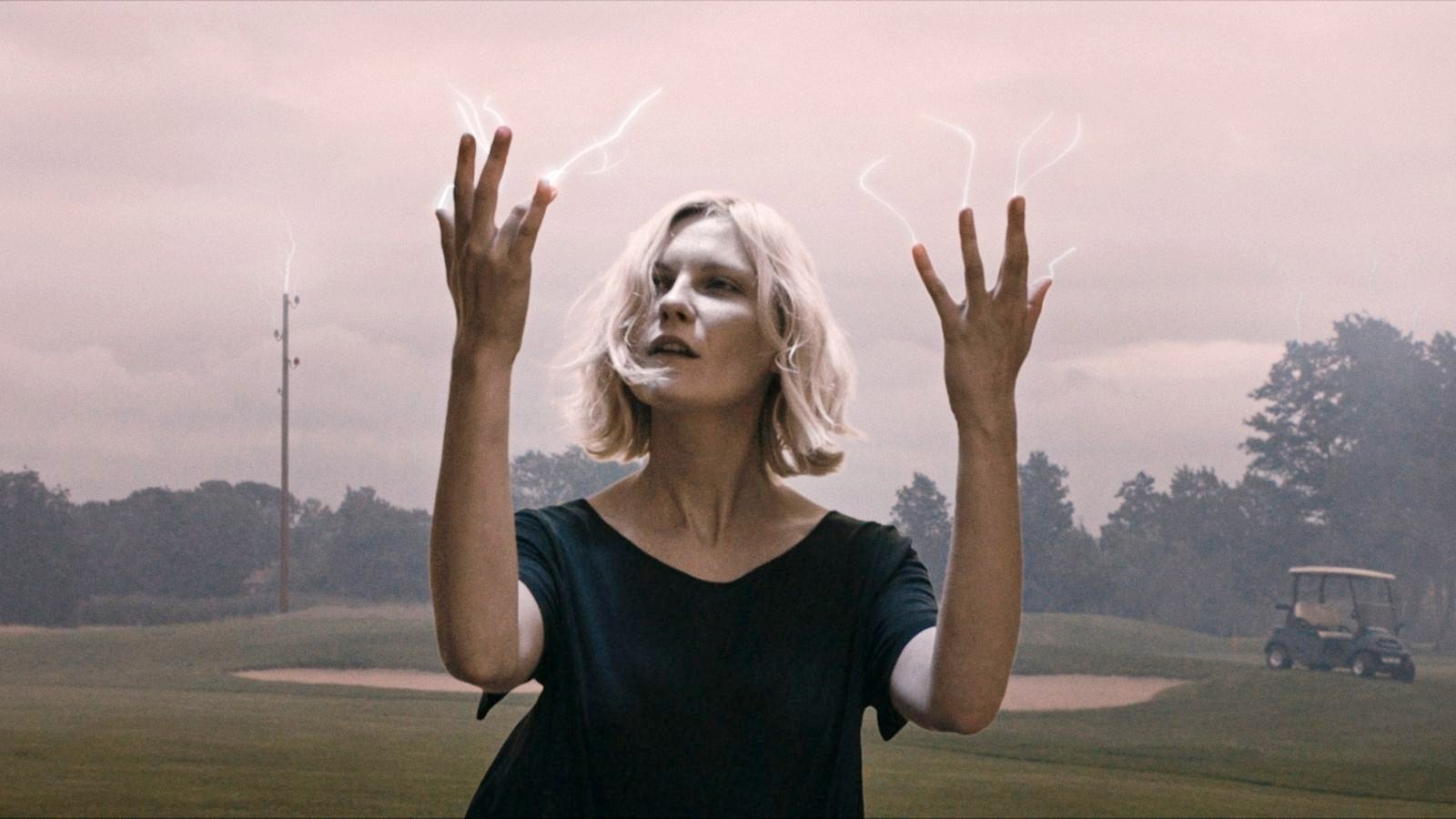
Remote in the chilly northern reaches of the globe, Scandinavia is the land of the northern lights, Vikings, breathtaking national parks, reindeer, and not least, a remarkable cinematic history. Ethereal, innovative and startling, Scandinavian cinema has witnessed some of the most esteemed films of all time.
Of the Scandinavian countries, Denmark was the first to garner a prominent position in the film industry during the early 1900s, with Sweden and Norway following shortly after. Since the turn of the century, modern Scandinavian directors have become increasingly recognised for their innovative and captivating approaches to cinema, attracting global audiences and admiration far beyond Scandinavia’s icy boundaries.
In chronological arrangement, the following list will contemplate ten cinematic masterpieces from Norway, Sweden, and Denmark, that collectively demonstrate the unique and enchanting vision that is Scandinavian cinema.
1. The Phantom Carriage (1921)
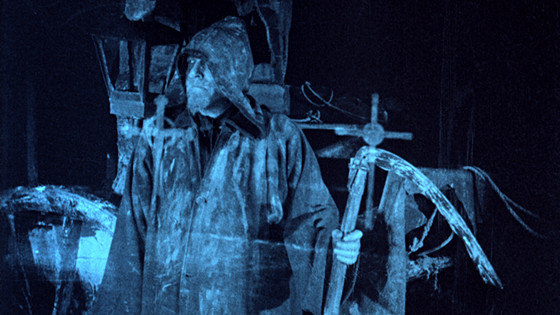
Released one hundred years ago this year, our celebration of Scandinavian cinema opens with Victor Sjöström’s silent horror film The Phantom Carriage, which is among one of the earliest masterpieces to emerge from Scandinavian cinema. Combining inspiration from Dickens, Christianity and even folklore, The Phantom Carriage is a spellbinding reimagining of the 1912 novel “Thy Soul Shall Bear Witness!” by Swedish author, Selma Lagerlöf. Ingmar Bergman himself referred to The Phantom Carriage as the “film of all films,” citing it as an important influence on his own work.
The film opens on New Year’s Eve, with a dying woman and her final wish to speak to a man by the name of David Holm, who is uncannily played by Sjöström himself. What follows is an intricate exploration of Holm’s troubled character, examining his life as if through a kaleidoscope, from varying degrees and angles.
The film techniques and flashback narrative structure are undoubtedly ahead of their time. The film’s strategic use of double exposure punctuates the haunting quality of the narrative, symbolically separating the living and the dead, the natural and the supernatural. A discordant conglomeration of piano and violin notes adds subtle touches of horror to the film’s mystical events.
Though produced a century ago, the film does not feel at all outdated, and remains a pivotal influence in Scandinavian cinematic history. Inventive and enchanting, The Phantom Carriage is a must-see for enthusiasts of early cinema and the horror genre.
2. The Passion of Joan of Arc (1928)
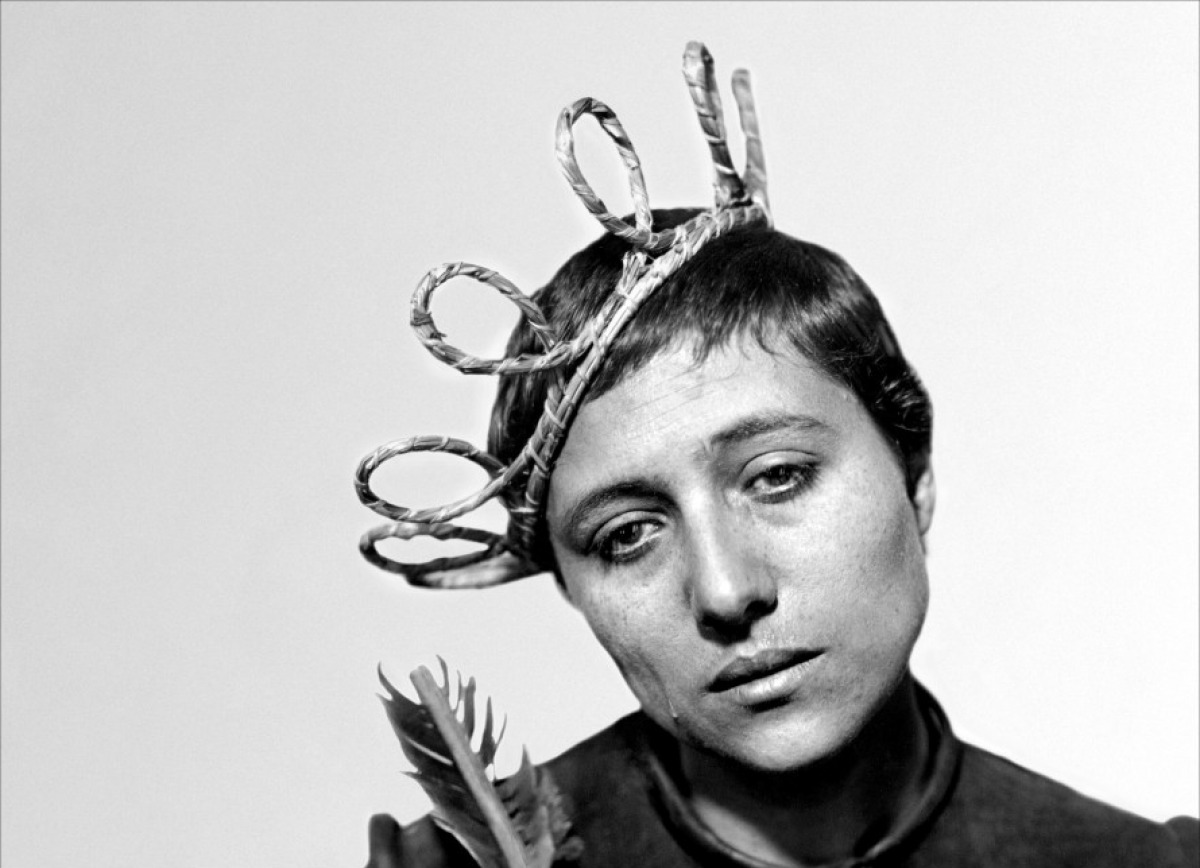
Widely regarded as a landmark masterpiece in not only Scandinavian but global film history, The Passion of Joan of Arc is a silent historical film from acclaimed Danish director Carl Theodor Dreyer.
As a silent film, The Passion of Joan of Arc communicates the psychological intensity of its narrative powerfully, proving that verbal words are not always necessary for articulating passionate and violent emotions in film. The film re-enacts the true events of the tragic trial of Joan of Arc, utilising historical transcripts of the real trial, which culminated in her eventual demise in 1431.
Lacking the traditional romantic elements and visual cues of historical films and instead utilising startling montages of facial expressions, Dreyer ensures that the film maintains an atmosphere of tension and unease accurate to the real events. The lead actress, Falconetti, received extensive praise for her performance of Joan of Arc, which many consider as among the finest performances in cinematic history.
Dreyer’s startling and innovative use of camerawork, editing and sound uphold him as a director wholly in control of his artistry. The Passion of Joan of Arc is an essential Dreyer film, unshifting and uncompromising in its visionary magnificence.
3. Persona (1966)
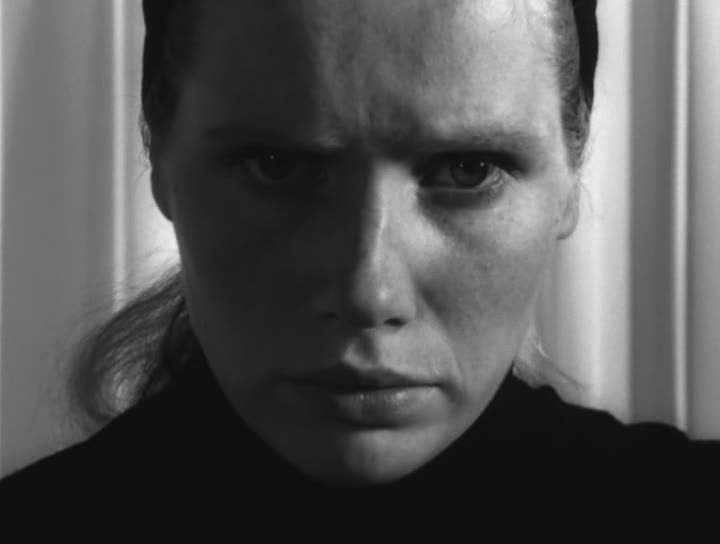
While the majority of Ingmar Bergman’s films could be classified as masterpieces, his 1966 psychological thriller Persona is undeniably a stand out, written by Bergman himself.
Elizabet Vogler, a celebrated stage actress, suddenly blanks midperformance and without explanation, becomes mute. She appears to decide that there is little difference between the deception of theatrical performance and performing an action or mannerism in real life. Bergman’s experimentation with perspective and technical manipulation of smoke and mirrors throughout the film, shrewdly exposes the deceptions and lies of cinema itself.
By the advice of her doctor who believes Elizabet is suffering from a breakdown, she is sent away with her nurse Alma, to a cottage to recover. Elizabet’s persisting silence carves an imbalance between herself and her nurse Alma, who eventually begs her to speak. As Alma confides further in Elizabet she begins to find it increasingly difficult to distinguish herself from the mute actress.
Persona is an early psychological exploration of Jungian dualities and the merging of personas, one silent, the other desiring sound. Unlike many psychological horrors, Persona does not rely on dialogue to produce tension, but rather the lack of it. Sounds exist aurally throughout the film; the dramatic musical underscore exemplifies the lack of dialogue.
A visually captivating and confrontational film that explores the dualisms of human nature through silence and sound, Persona is rightly hailed as an enduring masterpiece of Scandinavian cinema.
4. I Am Curious (Yellow) (1967)
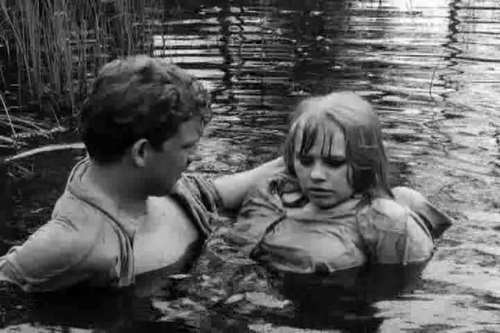
Often regarded as the launch of the New Wave of Swedish films, Vilgot Sjöman’s 1967 I am Curious (Yellow) is a revolutionary film about sexual exploration, class struggle and the search for independence during the political turmoil of the sixties. I am Curious (Yellow) is the sister film to I am Curious (Blue); the titles indicating the colours on the Swedish flag.
Protagonist, Lena Nyman, envisions a new Sweden. Inspired by Martin Luther King Jr., Lena actively engages in vocal protests in an attempt to change the Swedish government, while a film crew follows and films her actions.
The sexual openness of the film was particularly bold for the time, generating controversy in Sweden after its release and being classified as pure pornography in some cases. The erotic and sensual scenes between Lena and her lover Börje challenge the sexual taboos of the time, and predicate the sexual liberation and freedom of the following years.
While I am Curious (Yellow) may be considered too taboo for some, the film’s encapsulation of Swedish life during the sixties and the political vision of the time more generally, makes it an essential must-see film on this list, both historically and socially.
5. The Ice Palace (1987)

A fairy-tale like dream of snow and solitude, The Ice Palace is perhaps unmatched in its delicate balancing act of tragedy and beauty. Based on the 1963 novel of the same name by acclaimed Norwegian author Tarjei Vesaas, Per Blom’s 1987 cinematic reimagining of The Ice Palace presents a sensitive onscreen portrayal of girlhood, loneliness and loss.
After her mother’s sudden death, Unn relocates to a small town where she befriends Siss. Just-adolescent girls, Unn and Siss have a one-time sexual encounter in Siss’s room, which humiliates Unn who begs Siss to keep her secret. The following day on her way to school, Unn notices a frozen cavern that resembles an ice palace. She wanders deeper and deeper into the melting labyrinth of icy rooms and hallways, and does not return.
With very little dialogue or development beyond the film’s initial action, Blom strategically utilises the cold stasis of the Norwegian winter to accentuate the paralysing effect Unn’s sudden disappearance has on Siss. Siss gradually withdraws from those around her, becoming a living symbol of the cold ice that similarly imprisoned Unn.
The cinematography is both striking and unusual, exhibiting innovative camera angles and prolonged scenes which advance with the gradualness of snow melting. The Ice Palace achieves its beauty in its ethereal symbolism and unconventional structure, situating it as a sensitive, understated masterpiece of Scandinavian cinema.